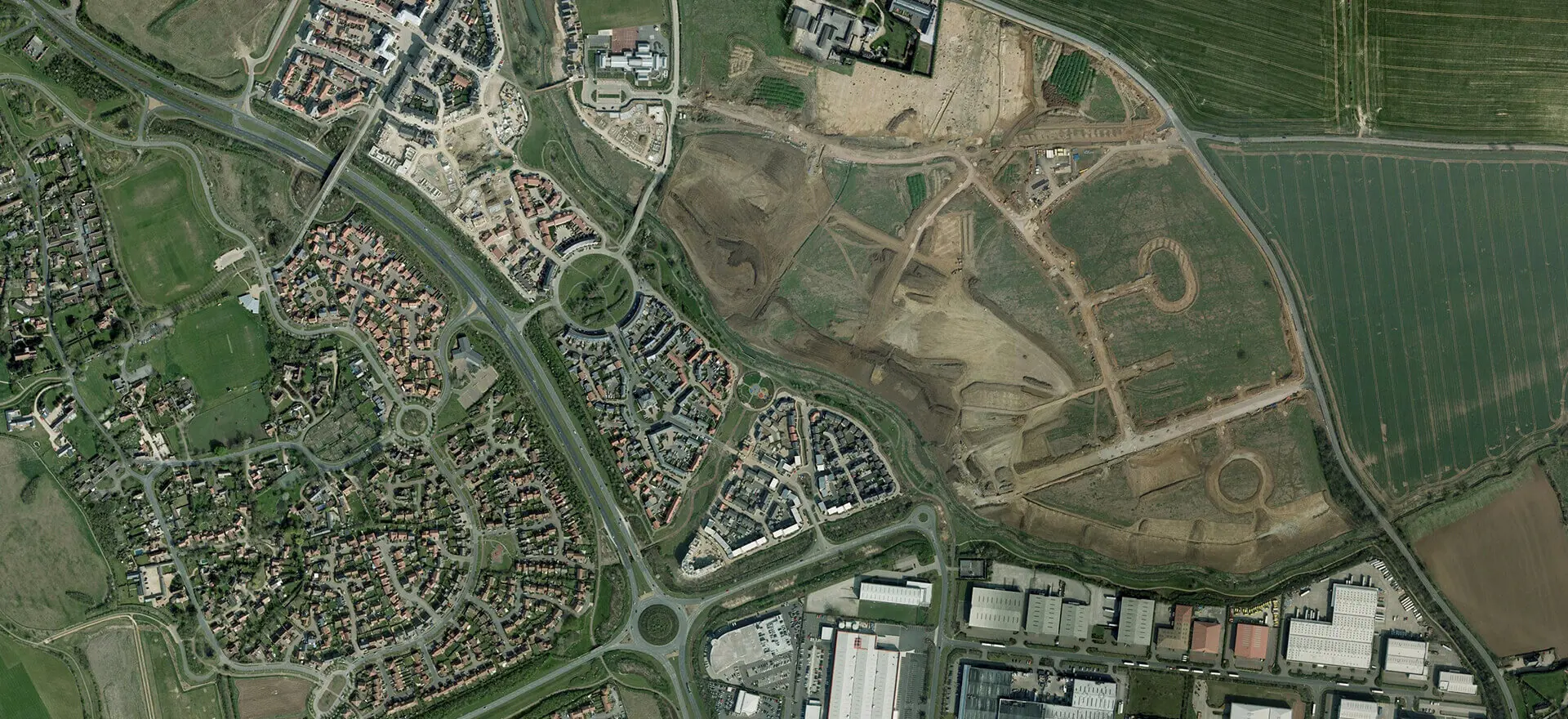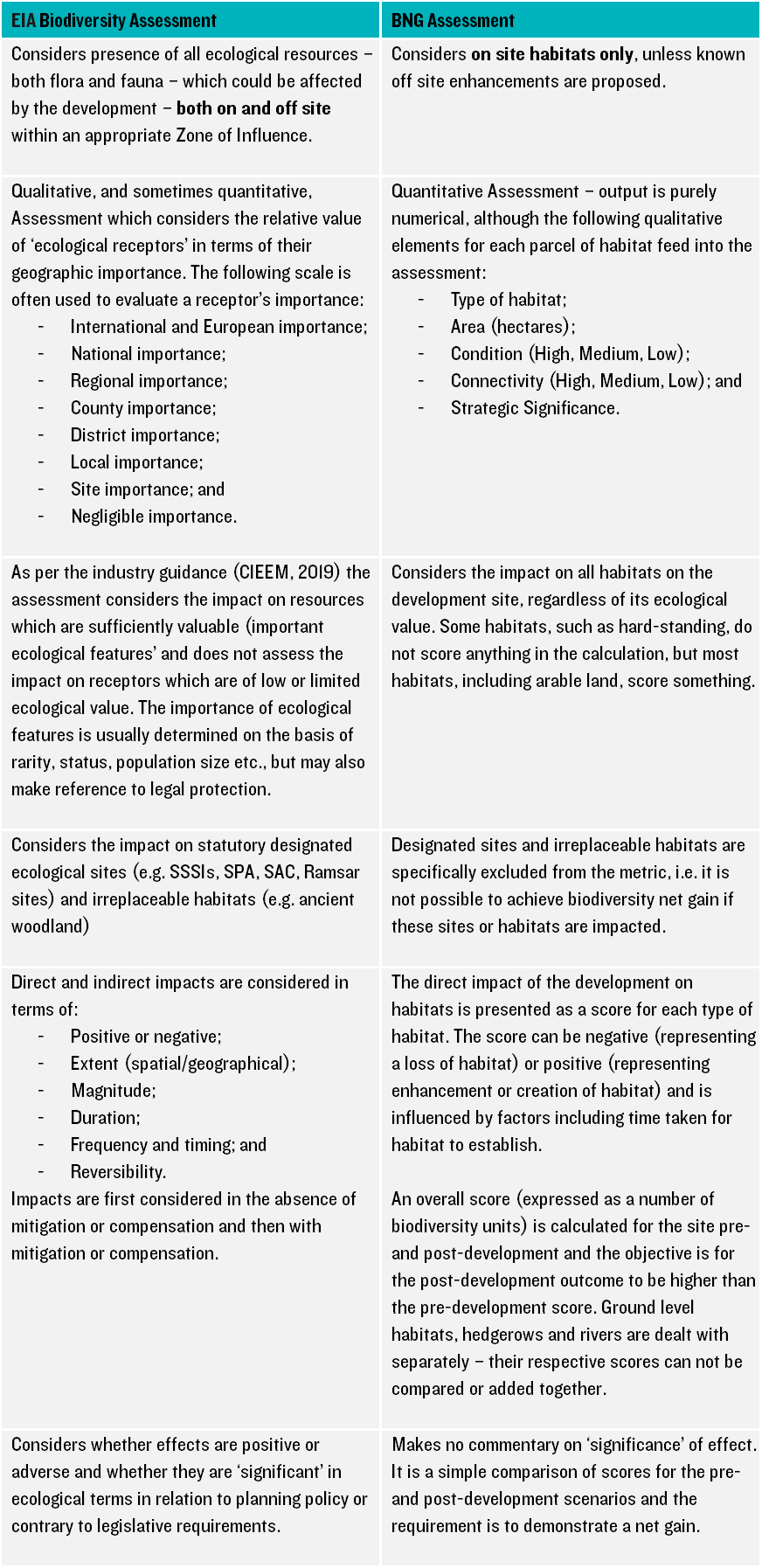The August 2020 Planning White Paper
[1] raises a number of criticisms of the current planning system in England, including its complexity and planning decisions being discretionary rather than rules-based. Complexity is deemed to introduce uncertainty and delay, whilst discretionary decision making on a case-by-case basis does not allow a clear consistent approach that defines what can and cannot be done.
The Government’s proposals set out in the White Paper and included in the recent Queen’s Speech
[2] seek to peel back the layers of legislation and case law and ‘re-discover’ the Victorian mission and purpose of planning to improve homes and streets. A ‘zonal’ approach is proposed, which defines
Growth Areas suitable for substantial development,
Renewal Areas suitable for some development and
Protected Areas where development is restricted.
Alongside this zonal approach the Government, in the White Paper and the Queen’s Speech, is also committed to protecting the natural environment through the introduction of an Environment Bill. This will put the environment at the centre of policy making and will introduce a framework for legally-binding environmental targets. Biodiversity Net Gain will become mandatory and Air Quality, Water/Flood Risk and Waste are also at the forefront of the Bill, with targets being set through a new independent Office for Environmental Protection. EIA can (and should continue to) play a central role in achieving these environmental aims. However, as discussed below, the Government may have other ideas…
In the new zonal planning system Local Plans would set clear rules such as land use, height and density parameters alongside map-based designations. Where a scheme aligns with the defined parameters it would automatically be granted outline planning permission. If it does not align then a specific planning application would be required.
The rationale for a zonal approach is that it would provide more certainty over the type, scale and design of development permitted on different land categories and would ‘significantly’ decrease the time it takes for developments to go through the planning system.
The White Paper refers to similar established systems in Japan, the Netherlands and Germany; however, many countries across the World have a zonal-based planning system including New Zealand, France, Switzerland, the USA and South Korea. As discussed in this
Lichfields Blog[3] there are differences between the approaches, for example Denmark has a ‘top-down’ planning system with a strictly enforced land zoning system, whilst in the USA policies are set at the city, township or county level with varying degrees of flexibility.
Whilst these zonal systems may provide certainty within set development parameters EIA is still required as part of the decision making process. Taking Denmark and the USA as examples:
In Denmark projects that are likely to have significant effects on the environment must not be started before an EIA has been made. If EIA is required (following a screening process) an EIA must be made in accordance with the scoping opinion and a public hearing and hearing of competent authority (most often the Municipal Council) decides whether the development consent can be granted.
In the USA the National Environmental Policy Act (NEPA) requires federal agencies to prepare a publicly available detailed statement with every proposal for legislation or major Federal action that significantly affects the human environment. The NEPA process must be completed before an agency makes a final decision to allow an informed decision to be made. A number of states have also implemented more restrictive regulations that introduce a requirement for all public and private planning applications to be screened against more detailed thresholds (where available).
So, what would a zonal approach to development management mean for EIA in the UK? Firstly, it should be noted that the proposals apply to England only, with Wales, Scotland and Northern Ireland excluded from the majority of planning provisions set out in the Queen’s Speech. It is therefore ‘situation normal’ for these countries, unless they decide to follow England’s lead.
The current framework of SEA, SA and EIA is criticised as leading to duplication of effort and overly-long reports inhibiting transparency and adding unnecessary delays. As we are no longer part of the EU it is within the UK’s gift to deviate from the current European-based legislation and accordingly the White Paper proposes to design a quicker, simpler framework for assessing environmental impacts and enhancement opportunities.
Ultimately it is not yet known how EIA will be applied in a zonal development management process in England as no guidance (draft or otherwise) has been published, however environmental assessment in some form will still be required for projects that could give rise to significant environmental effects. Indeed, noting the repeated references in the White Paper and the Queen’s Speech to environmental protection and the introduction of legally binding environmental targets, EIA can and should continue to play a central role in achieving this end for those projects that qualify.
It may be the case that the impacts of the zoning parameters are tested at the Plan Making stage rather than at the application stage, given that permission in principle would be granted to development that accords with the Local Plan. However, the White Paper proposes to abolish the Sustainability Appraisal system and instead replace it with a consolidated test of ‘sustainable development’. This would include consideration of environmental impact though it is questionable whether sufficient information would be available at the plan-making stage to allow a robust assessment of likely impacts.
The White Paper does state the importance of strengthening protections to species, habitats and ecosystems of national importance and new national targets will be established for air, water and waste. This emphasis is reflective of the forthcoming Environment Bill however no reference is made to wider environmental aspects including human health, soil, climate, landscape, heritage and archaeology amongst others. Ecology/biodiversity, air and water are of course important, but any future environmental assessment would need to comprise a full assessment of environmental impacts on all relevant sensitive receptors in order to have any robustness.
It is noted that the proposed development management changes will apply to all forms of development, however a main driver for the changes is to deliver more housing. It may therefore be that in order to promote house building the zonal development parameters relate only to a narrow range of uses (i.e. housing) in specified locations, with any development deviating from this requiring a specific planning permission. This would essentially create a planning system of two halves, with a zonal permission in principle approach to housing development sitting alongside a ‘standard’ development management system for all other uses where planning applications are assessed on a case-by-case basis. This would, however, undermine the ethos of a zonal planning system and would add rather than reduce complexity.
Alternatively, whilst permission in principle would be granted for certain developments within established parameters, the approval of technical details would still be required and therefore it could be possible for EIA to be undertaken, if required, at that ‘technical details’ stage. Indeed, this is the approach taken in the existing Permission in Principle planning application route that was introduced in England in 2018, albeit it does not apply to larger developments (that are inherently more likely to require EIA). We would also suggest that applying EIA at what is effectively the reserved matters stage is too late in the process, as it is usually the principle of development including the scale and nature of land uses in certain locations that gives rise to significant environmental effects, rather than detailed design.
It is therefore a ‘watch this space’ situation as to how EIA will be embedded into the new planning system in England. As mentioned above, experience in countries with an existing zonal planning system requires EIA to be undertaken before any consent for development is granted and it is expected that a similar approach will be integrated into the development management process in England.
This time of uncertainty and change does provide opportunities to improve environmental assessment. Presenters and delegates at the recent Scotland EIA Conference
[4] discussed how EIAs are being ‘scoped up’ in order to minimise risk of challenge. A new approach to environmental assessment would provide an opportunity to revitalise the EIA scoping process to focus on proportionality and to maximise the value of the assessment process to all. It must, however, be undertaken at the right time in the development process to ensure that the environmental agenda is not diluted or undermined.
[1] Planning For the Future, White Paper, Ministry of Housing, Communities & Local Government August 2020. https://www.gov.uk/government/consultations/planning-for-the-future[2] The Queen’s Speech 2021, Prime Minister’s Office, 11 May 2021. https://assets.publishing.service.gov.uk/government/uploads/system/uploads/attachment_data/file/985029/Queen_s_Speech_2021_-_Background_Briefing_Notes..pdf[3] ‘Should zoning be introduced in England?’ Lichfields Planning Matters, 14 May 2018. https://lichfields.uk/blog/2018/may/14/should-zoning-be-introduced-in-england/[4] Scotland’s EIA Conference 2021, 10-13 May 2021.






